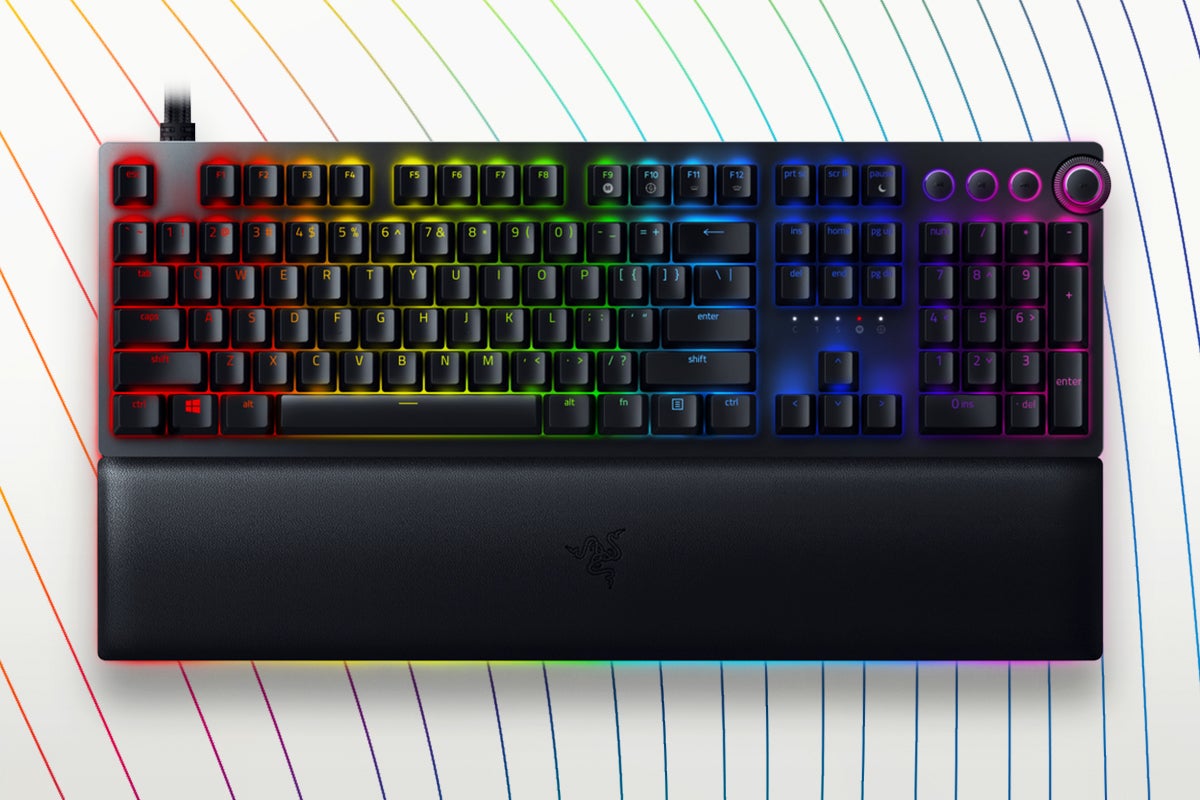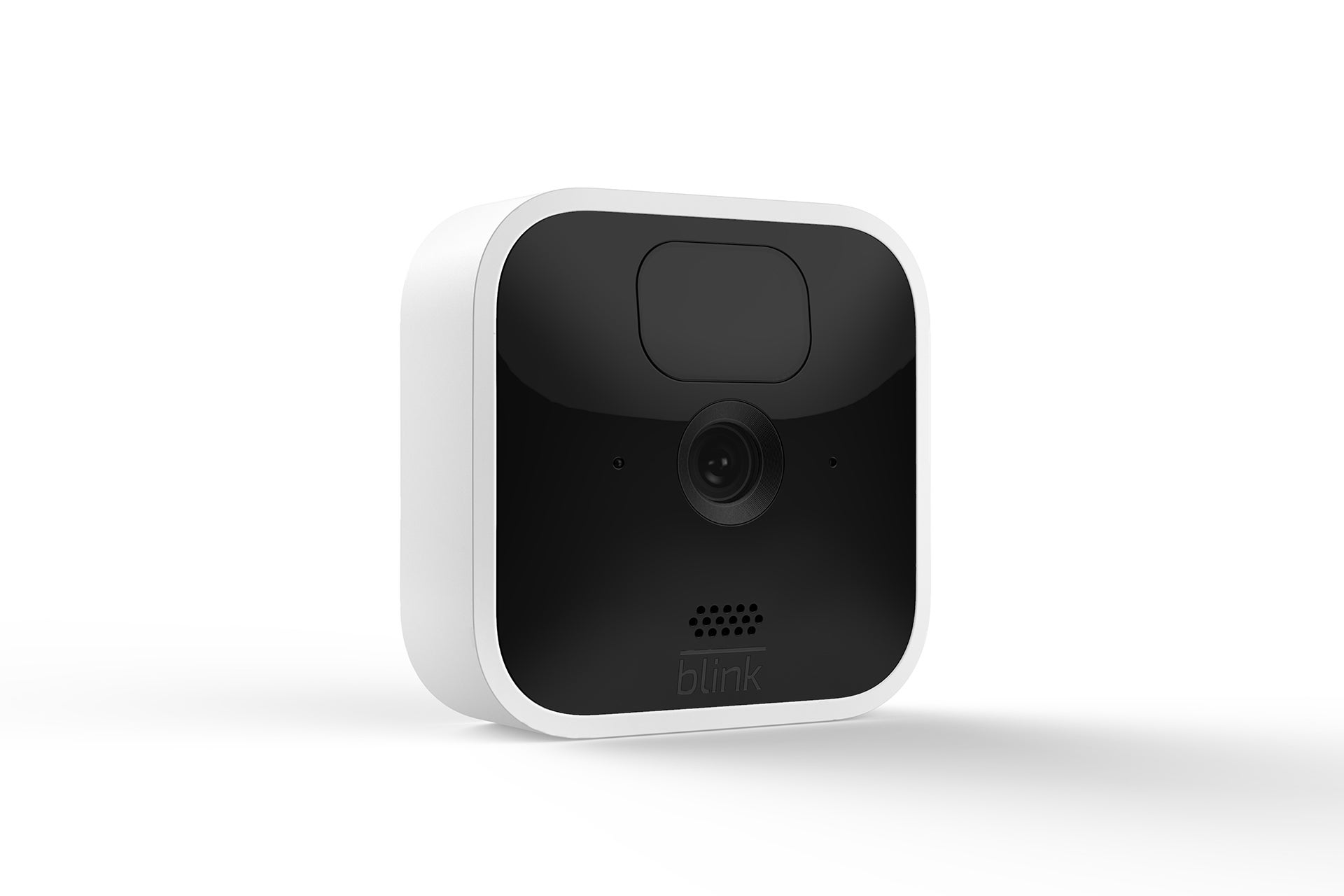Duracell Rechargeable AA 2500mAh Review
High capacity and great value
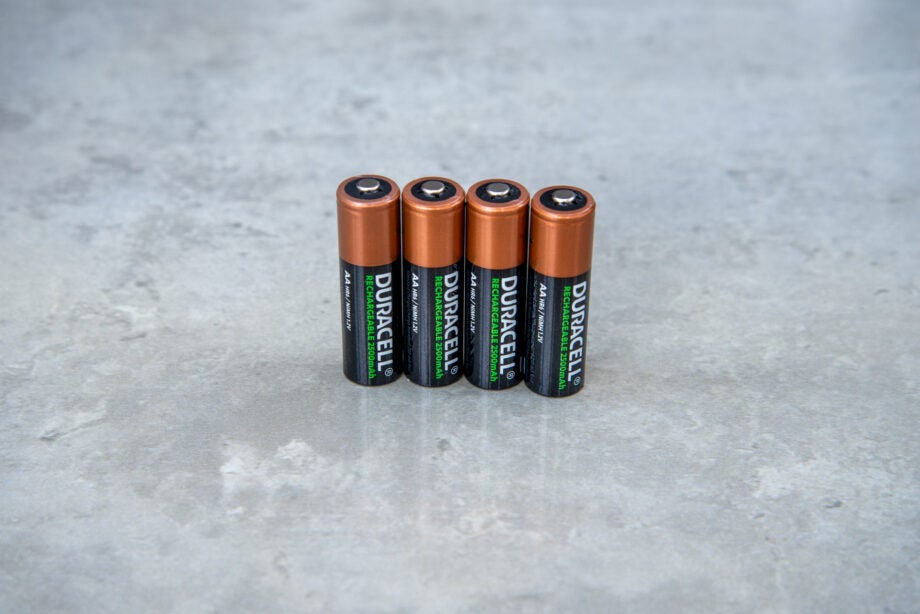

Verdict
Comparatively well priced, the Duracell Rechargeable AA 2500mAh are a great choice if you’re looking for high-capacity batteries. In my tests, they always delivered more power than the rated capacity. With up to 400 recharges, these are a great choice for anyone that needs a lot of power.
Pros
- Good value
- High capacity
- Retains charge well
Cons
- You can get similar-priced batteries with more recharge cycles
Availability
- UKRRP: £8.5
Key Features
- TypeThese are NiMH rechargeable AA batteries
- CyclesYou can recharge these batteries up to 400 times
Introduction
Perhaps better known for its disposable batteries, the Duracell Rechargeable AA 2500mAh batteries show that the company can also turn its hand to rechargeables. Well priced and offering a decent number of recharge cycles for entry-level batteries, these are a great choice if you need power and convenience.
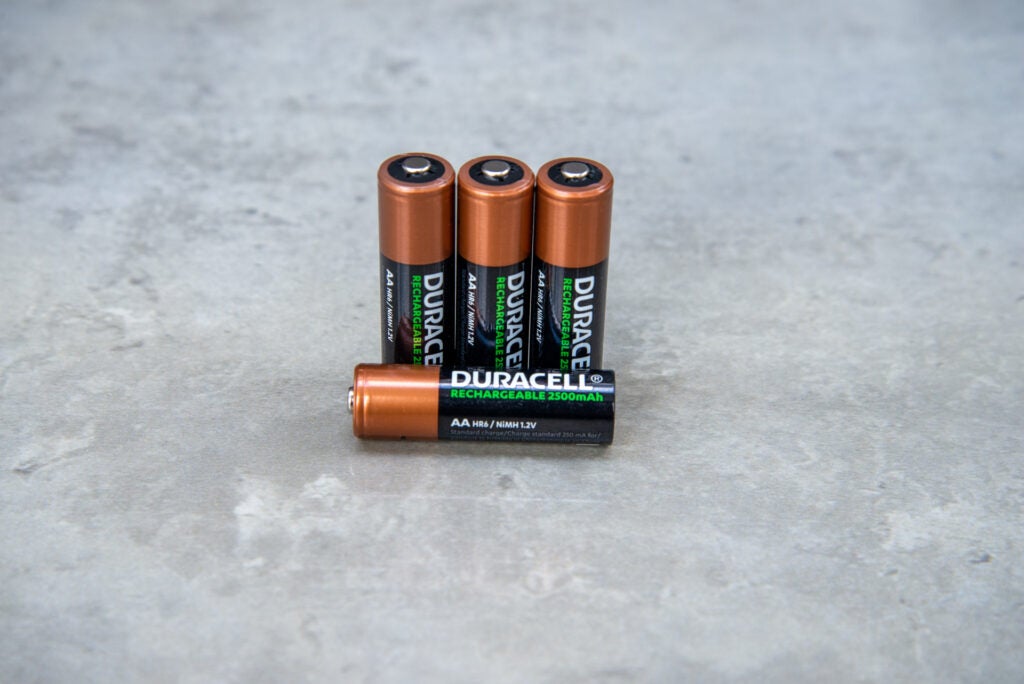
Design and Charges
- Long-lasting charge
- Decent number of recharge cycles
When it comes to standard NiMH rechargeable batteries, there are three things that you need to consider: the total number of charge cycles, their capacity, and how long they stay charged for. The Duracell Rechargeable AA 2500mAh performs well on all fronts, starting with a high overall capacity of 2500mAh.
These are low self-discharge batteries, which means that they’ll keep up to 80% of their charge over 12 months. This makes these units suitable for charging and leaving in a drawer, and even for lower-drain use in devices such as remote controls and clocks.
Duracell says that these batteries can last for 400 recharges. Given the price and that these are standard rechargeable batteries, that’s a decent number. To compare, the GP ReCyko Charge 10 batteries only last 250 cycles when fast-charged, although they’ll last for 700 cycles if slow-charged.
Performance
- High-capacity batteries
- Consistent performance
To test the batteries, I used an Ansmann Energy XC3000 battery tester. First, I measured the starting voltage, which should be at least 1.2V for NiMH batteries. The Duracell Rechargeable AA 2500mAh measured in at 1.29V, which is a good starting point. Voltage drops as the batteries are emptied of charge, although the voltage drop is lower for rechargeable batteries than alkaline non-rechargeable units.
Next, I measured the capacity of the batteries using a high-drain test (600mA +/-20%, with a cut-off voltage of 0.94V). Initially, the charge was 2795mAh, which is a good deal higher than the rated capacity of the batteries.
I then charged and discharged the batteries 50 times, taking measurements every 10 cycles. As you can see from the graph, the batteries held up well, with little variance between the starting and ending charges.
The tested capacity was higher than the rated capacity every time, showing the quality of the Duracell Rechargeable AA 2500mAh. That makes them suitable for high-drain use, in items such as powerful torches and remote control kids toys.
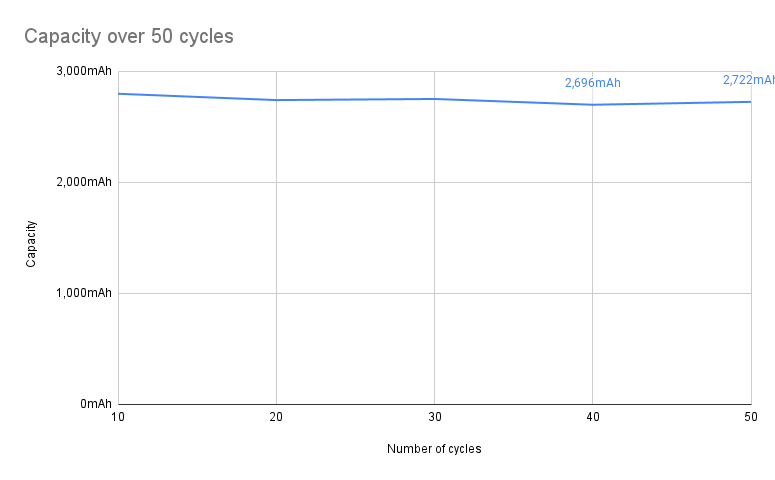
Latest deals
Duracell sells these batteries in packs of four, eight, 12 or 16, although the price per battery is similar across pack sizes. For ease, I’ve listed the link for four batteries.
Should you buy it?
If you want high-capacity rechargeable batteries, but don’t want to have to pay a fortune, the Duracell are a great choice.
If longevity – in terms of charge cycles – is important, then look for a different set that can be recharged more times.
Final Thoughts
The GP ReCyko Charge 10 batteries last for more charging cycles when slow-charged, plus if you buy the fast-charger, you can have them ready to go in 10 minutes. However, their capacity is lower. If you need more powerful batteries that hold more charge, then the Duracell Rechargeable AA 2500mAh are a great choice.
How we test
Unlike other sites, we test every rechargeable battery we review thoroughly over an extended period of time. We use standard tests to compare features properly. We’ll always tell you what we find. We never, ever, accept money to review a product.
Find out more about how we test in our ethics policy.
We use an Ansmann Energy XC 3000 to drain batteries, so that we can test capacity in mAh. After the first run, we charge and discharge 50 times, measuring the capacity every ten runs.
We measure the initial voltage of the batteries, checking that the starting voltage is at least 1.2V.

